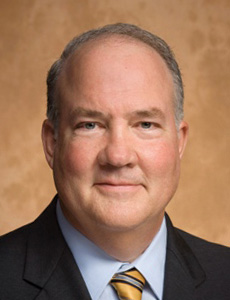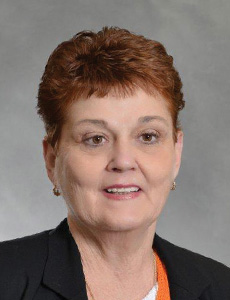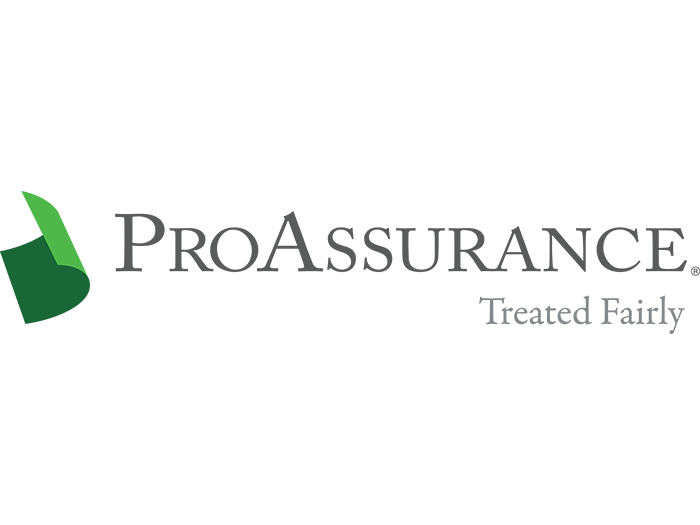Sponsored: Healthcare Solutions
The Tools of the Trade

Integrating medical management with pharmacy benefit management is the Holy Grail in workers’ compensation. But getting it right involves diligence, good team communication and robust controls over the costs of monitoring technology.
Risk managers in workers’ compensation can feel good about the fact that opioid use is declining slightly. But experts who gathered for a pharmacy risk management roundtable in Philadelphia in June pointed to a number of reasons why workers’ compensation professionals have more than enough work cut out for them going forward.
For one, although opioid use is declining, its abuse and overuse in legacy workers’ compensation claims is still very much a problem. An epidemic rages nationally, with prescription drug overdose deaths outpacing those from the abuse of heroin and cocaine combined.
In addition, increased use of compound medications and unregulated physician dispensing are resulting in price gouging and poor medical outcomes.
Although individual states are attempting to address the problem of physician dispensing of prescriptions in workers’ comp, there is no national prohibition against it: That despite substantial evidence that the practice can result in ruinous workers’ compensation medical bills and poor patient outcomes.
“The issue is that there isn’t enough formal evidence to indicate improved outcomes from the use of compounds or physician dispensed drugs, and there are also legitimate concerns with patient safety,” said roundtable participant Jim Andrews, executive vice president, pharmacy, for Duluth, Ga.-based pharmacy benefit manager Healthcare Solutions.

Jim Andrews, Executive Vice President, Pharmacy, Healthcare Solutions
Andrews’ concerns were echoed by another roundtable participant, Dr. Jennifer Dragoun, Philadelphia-based vice president and chief medical officer with AmeriHealth Casualty.
“When we’re seeing worsening outcomes and increasing costs, that’s the worst possible combination of events,” Dr. Dragoun said.
Whereas two years ago, topical creams and other compounds with two to three medications in them were causing concern, now we’re seeing compounds with seven or more medicines in them.
How those medicines are interacting with one another, and in the case of a compound cream, how quickly they’re being absorbed by the patient, are unknowns that are creating undue health risks.
“These medicines haven’t been tested for that route of administration,” Dragoun said.
In other words, the compounds have not been reviewed or approved by the FDA.
Carol Valentic, vice president of cost containment and medical management with third-party administrator Broadspire, said her company’s approach to that issue is to send a letter to providers, through the company’s pharmacy benefit administrator, alerting them to the fact that compounds are not FDA-approved and could be dangerous.
Other roundtable participants said they employ utilization review of every prescribed compound medication. They’re finding that the inflation of the average wholesale price for prescriptions that pharmacy benefit managers are battling in the case of single medications is happening with compounds as well, to the surprise of probably no one.
“The cost of compounds is doubling every year,” Healthcare Solutions’ Andrews said.

Deborah Gleason, Clinical Resources Manager, ESIS
Kim Clark, vice president of utilization management with Patriot Care Management Inc., a division of Patriot National, Inc., said Patriot has their own software, DecisionUR, and opioids as well as compound prescriptions can be directed from the PBM to utilization review.
In the area of new worries in workers’ compensation, and there are plenty of them. Dragoun also pointed to the introduction of extremely high cost, albeit extremely effective specialty medications, such as those being used to treat Hepatitis C. Treatments in this area can run into the hundreds of thousands of dollars.
Domestic drug manufacturers, pressed to pursue profits as their product lines mature and their margins level off, are jockeying for dominance in this area.
“This seems to be a route that a lot of drug makers are going after. Very narrow markets but with extremely high cost medications,” said Deborah Gleason, clinical resources manager, medical programs, with ESIS, Inc., the Philadelphia-based third-party administrator that is part of ACE Group.
Tools of the Trade
Given how substantially the use of prescriptions can balloon the cost of a workers’ compensation claim and undermine outcomes, a number of tools are on the market that can help risk managers rein in costs.
One is urine drug monitoring, which can catch cases of drug diversion, or instances where an injured worker is ingesting unprescribed substances. But the use of that test can create its own problems, namely overutilization.
ESIS’ Gleason and others use urine drug monitoring. But when the test is overused, say by being conducted every month instead of quarterly as is recommended, the members of the Philadelphia roundtable said its costs can outrun its usefulness.
Test results are frequently inconsistent, signaling that the injured workers aren’t taking the prescribed medication or are taking something they shouldn’t be. Drug testing shouldn’t be used in isolation but rather as a component of integrated medical management.
“What’s emerging today, and in some companies more prevalently, is the integration of managed care with pharmacy benefit management,” roundtable participant Valentic said.
“When we’re seeing worsening outcomes and increasing costs, that’s the worst possible combination of events.”
— Dr. Jennifer Dragoun, Vice President and Chief Medical Officer, AmeriHealth Casualty
In other words, it’s not enough to flag a script or pick up a urine drug monitoring test result. There needs to be a plan or a system in place that says what action should be taken with the patient once that information has been received.
Identifying a potential problem early and taking action on it is key, said ESIS’ Gleason. She added that the patient’s psychological state, including how they react to and perceive pain, is something that more risk practitioners should consider.
Obstacles to doing that, according to roundtable members, include a lack of awareness or acceptance of its possible advantages on the part of patients and physicians. After all, we’re talking about an assessment, a list of questions, that should take no more than 15 minutes to carry out.
If a treating physician or case manager doesn‘t conduct a psychological test but is still concerned about the potential for pain medication abuse, there is one key question they can ask an injured worker, according to AmeriHealth Casualty’s Dragoun.
“There is one question that predicts far more than any other attribute of a patient whether they are likely to abuse narcotics, and that is if they have a personal or family history of substance abuse,” Dragoun said.

Kim Clark, Vice President of Utilization Management, Patriot Care Management
“You know they may ask that about the patient, but I don’t know how many ask it about the family,” Patriot Care Management’s Kim Clark said.
Pharmacogenetic testing, that is testing an individual for how they might react to certain drugs or combinations of drugs, and not — let’s be clear about this — whether they are predisposed to addiction, is also entering the market.
But as is the case with urine drug monitoring, the use of pharmacogenetic testing is no cure-all and the cost of it needs to be carefully managed.
Some vendors are pitching that it be applied to every case in a payer’s portfolio. The roundtable participants in Philadelphia agreed that it should be used with far more discretion than that.
Regulating the Regulators
It’s a given in the insurance business and in workers’ compensation that regulators in all 50 states call the shots. There are few national laws that regulate the hazards faced by workers’ compensation risk managers and injured workers.
Having said that, is it really such a pipe dream to think that the federal government could step in and provide leadership in an area that is so prone to confusion, risk and self-serving behavior on the part of some vendors and medical practitioners?
If the Philadelphia roundtable as a group could point to one place where federal regulators could do some good it would be in the area of physician dispensing. Many states have enacted legislation to curb the practice, as there is no data to prove better outcomes, and regulation by the federal government would be of benefit, the Philadelphia roundtable concluded.
Another area would be to require FDA oversight for compounds.
“The minute you need to have FDA approval of a compound, that’s going to stop it,” Broadspire’s Valentic said.
It’s a notion worth considering. After all, lives are at stake here.
Given the lack of oversight from the federal government, the roundtable participants pointed to measures in a number of states that are worth emulating. The Texas closed formulary, which limits the range of medications that can be prescribed, is one example.
The requirement in the State of New York that a prescribing physician check a state registry — what’s known as a prescription drug monitoring program — to see whether a patient is already taking or has a prescription for a controlled substance, is another good example of a state government stepping in to ensure the safety of its residents.
“The minute you need to have FDA approval of a compound, that’s going to stop it.”
— Carol Valentic, Vice President of Cost Containment, Medical Management, Broadspire
Pennsylvania also earned praise from the roundtable for recently passing a measure limiting the amount of medication that a physician can dispense to an initial supply.
With different regulations in every state and with the average wholesale cost of prescriptions constantly on the rise, pharmacy benefit management is an art requiring constant vigilance.
“It’s not an original thought, but if you stop and think about all the things that are happening in society with the addictions and the costs, the cost of doing nothing is greater than the cost of doing something.
I think that’s why everybody is doing something,” Healthcare Solutions’ Andrews said.
For more information about Healthcare Solutions, please visit www.healthcaresolutions.com.
Opinions of the roundtable participants are the opinions of each individual contributor and are not necessarily reflective of their respective companies.
This article was produced by the R&I Brand Studio, a unit of the advertising department of Risk & Insurance, in collaboration with Healthcare Solutions. The editorial staff of Risk & Insurance had no role in its preparation.










